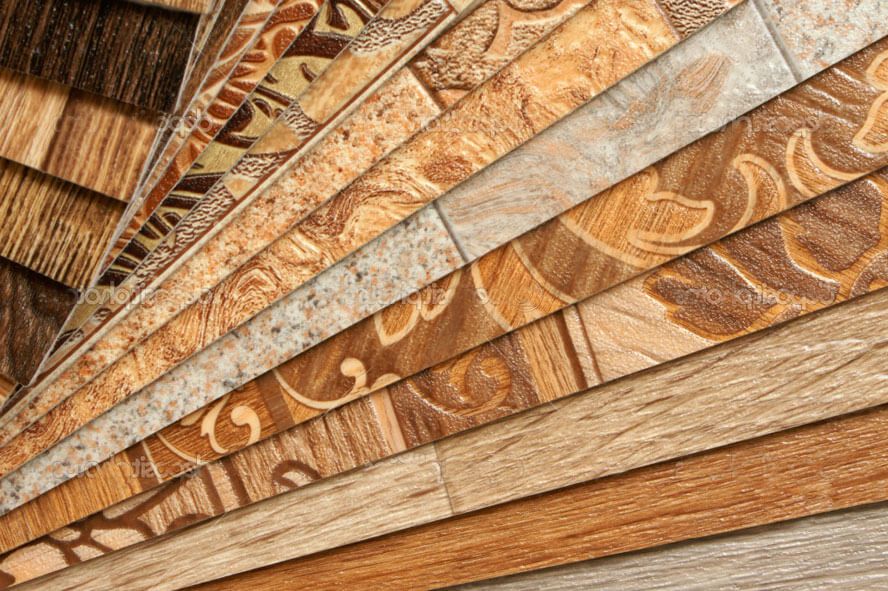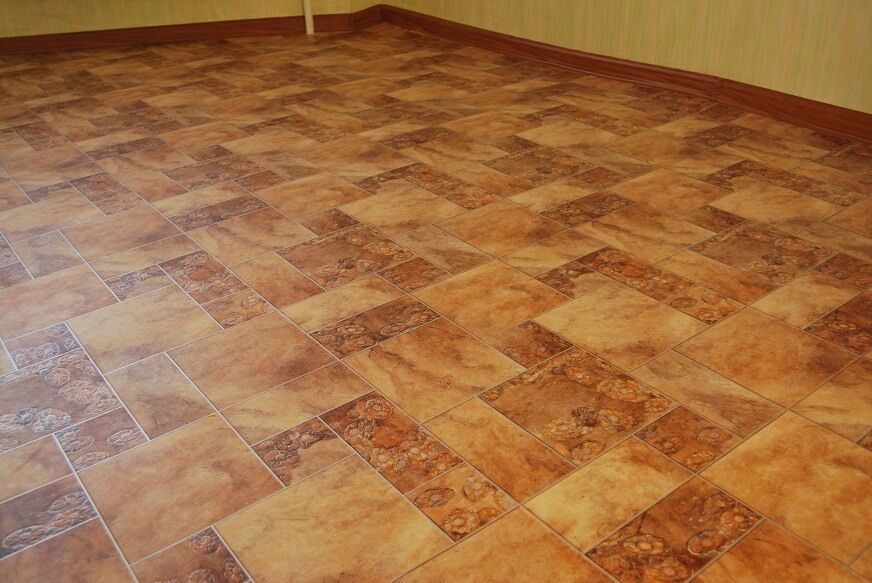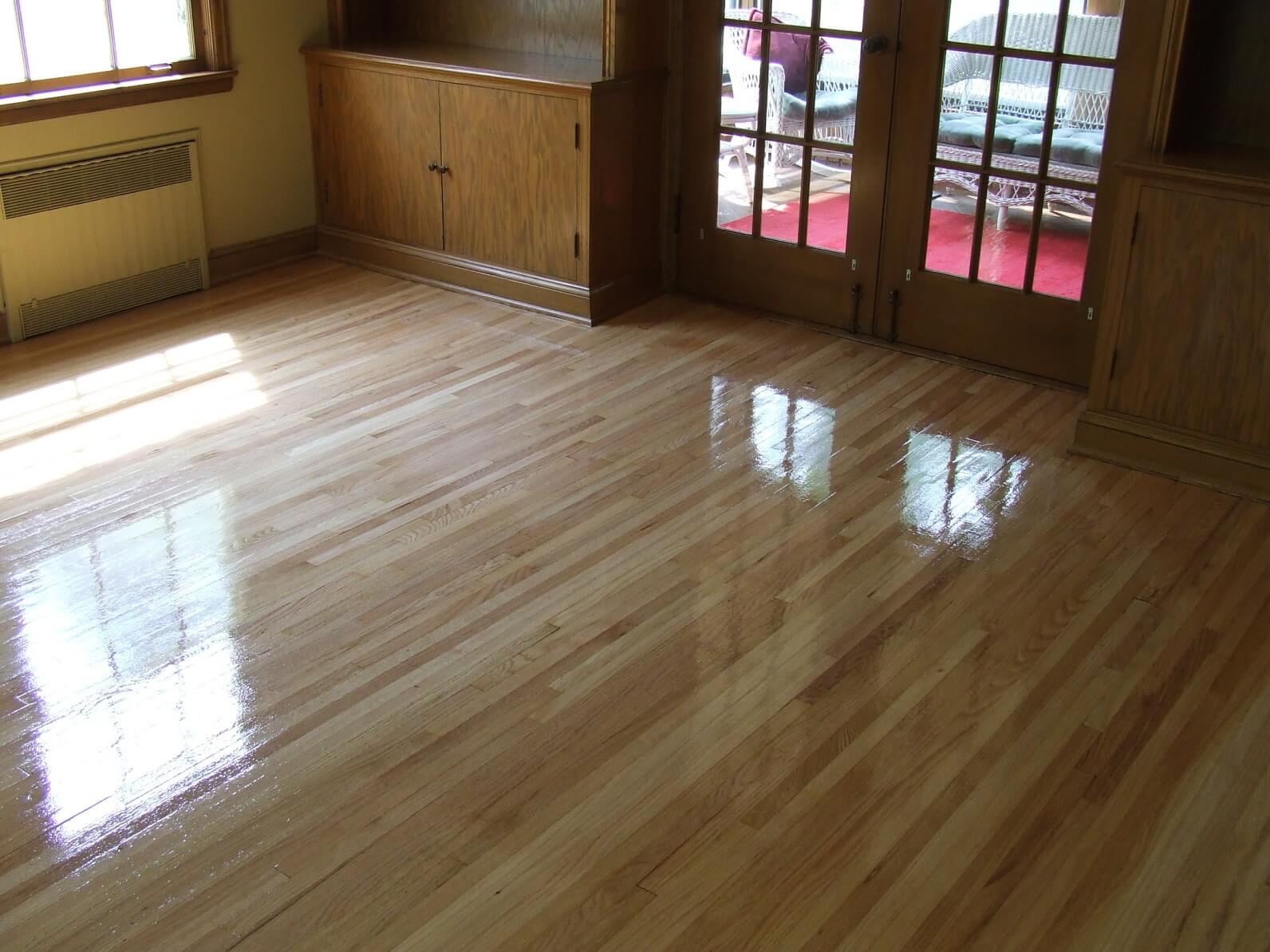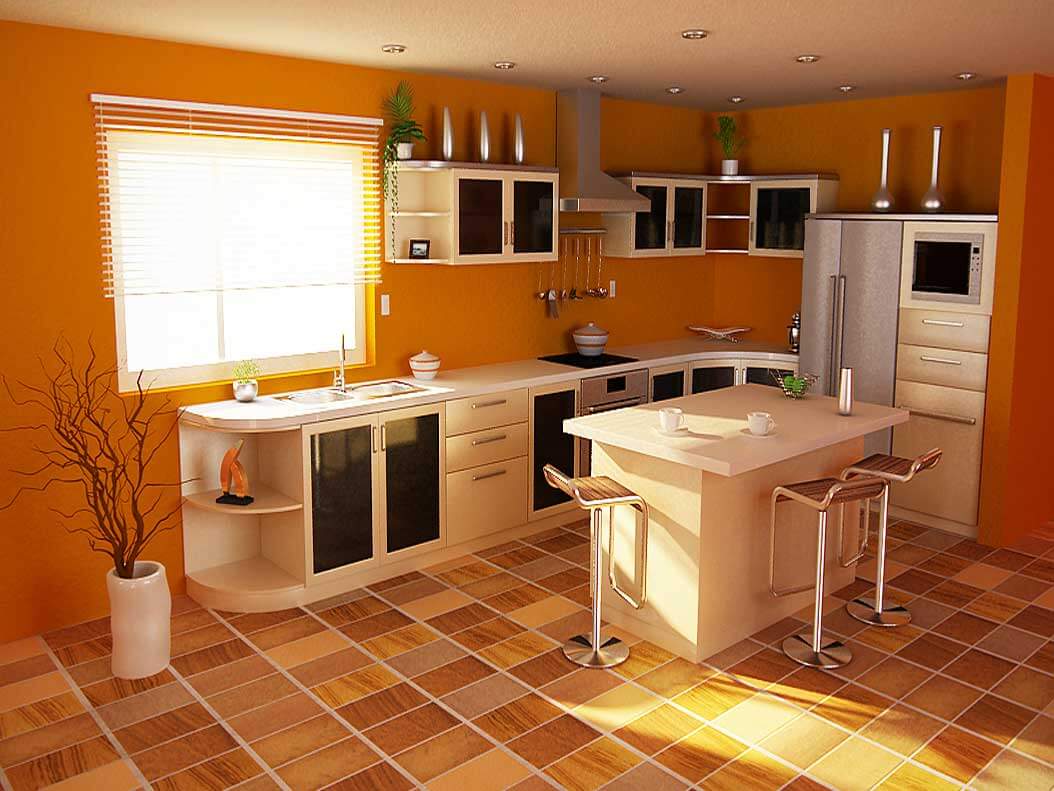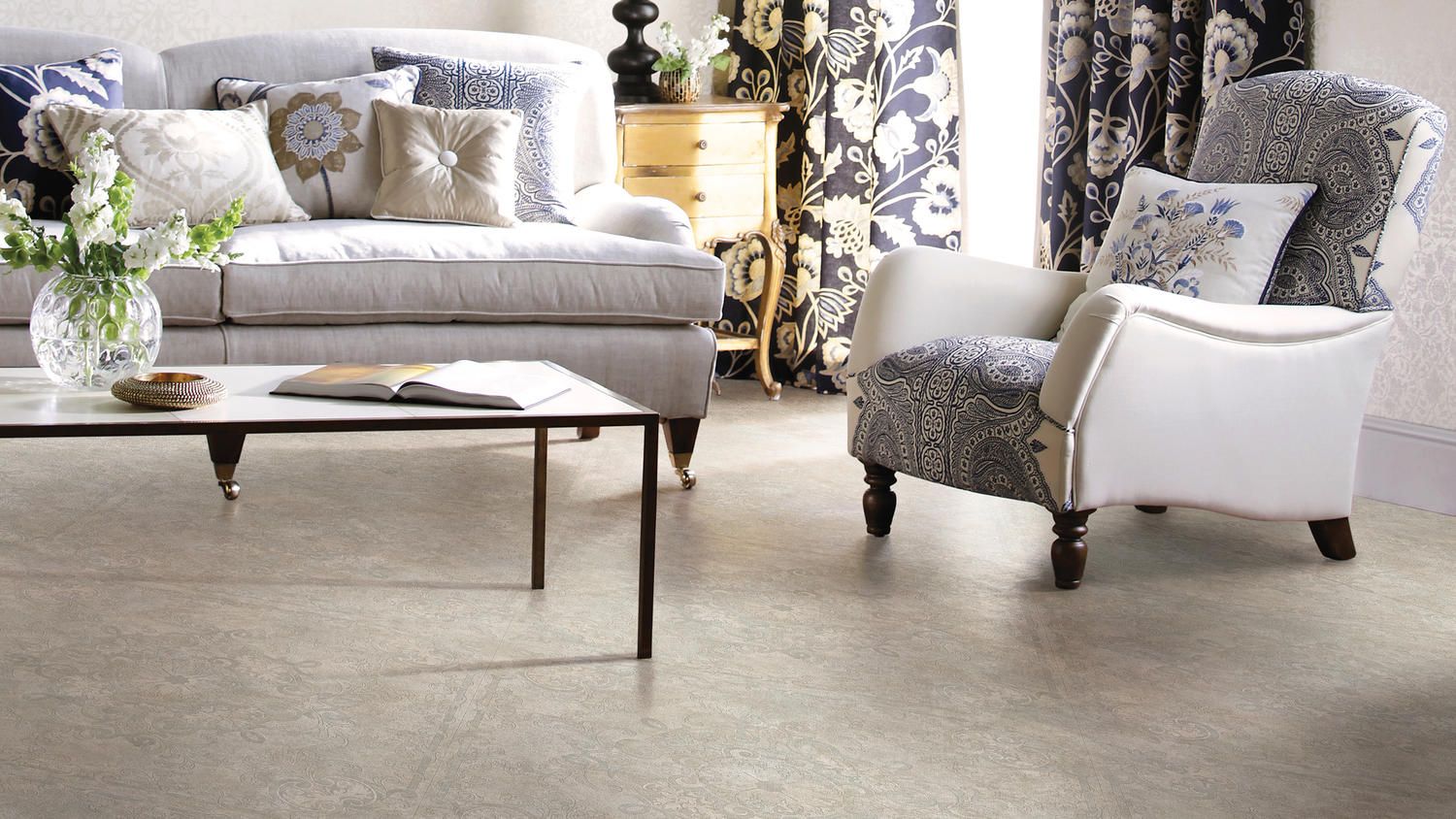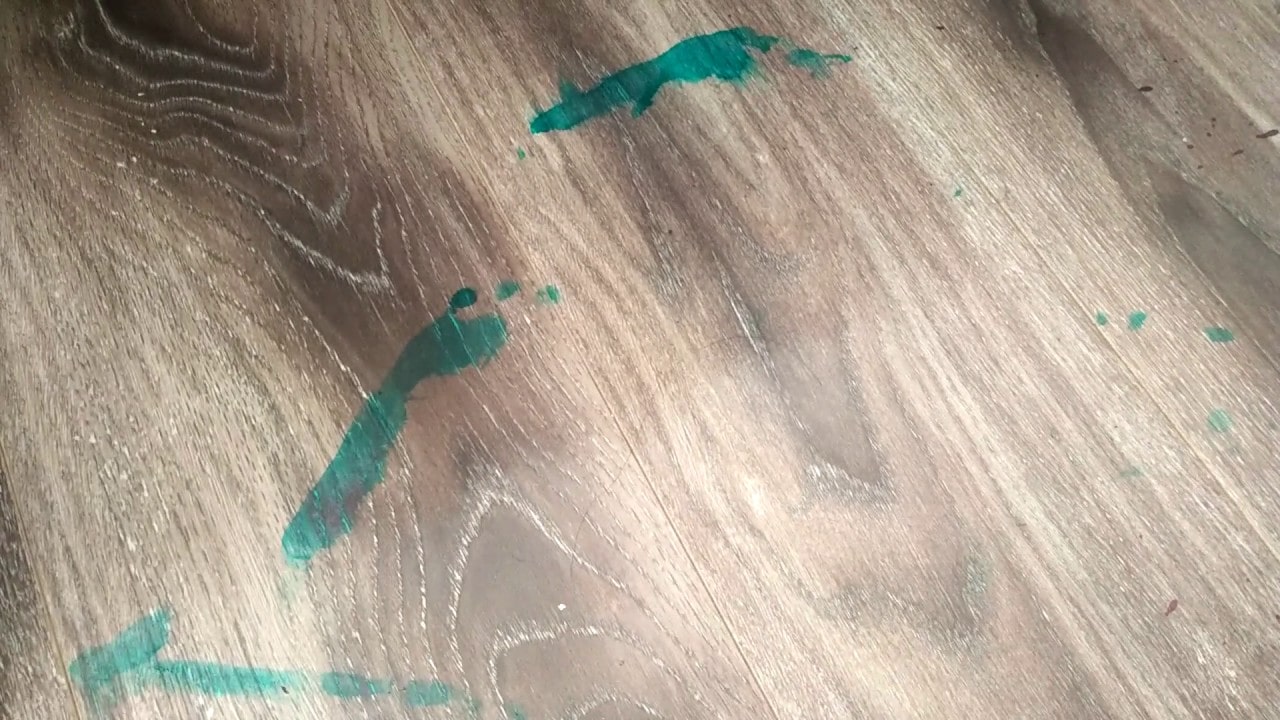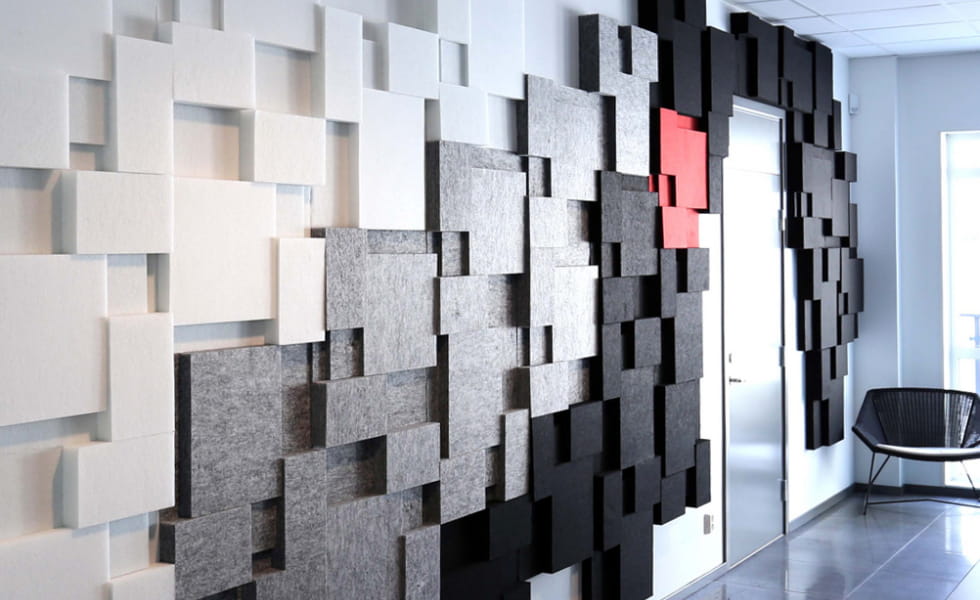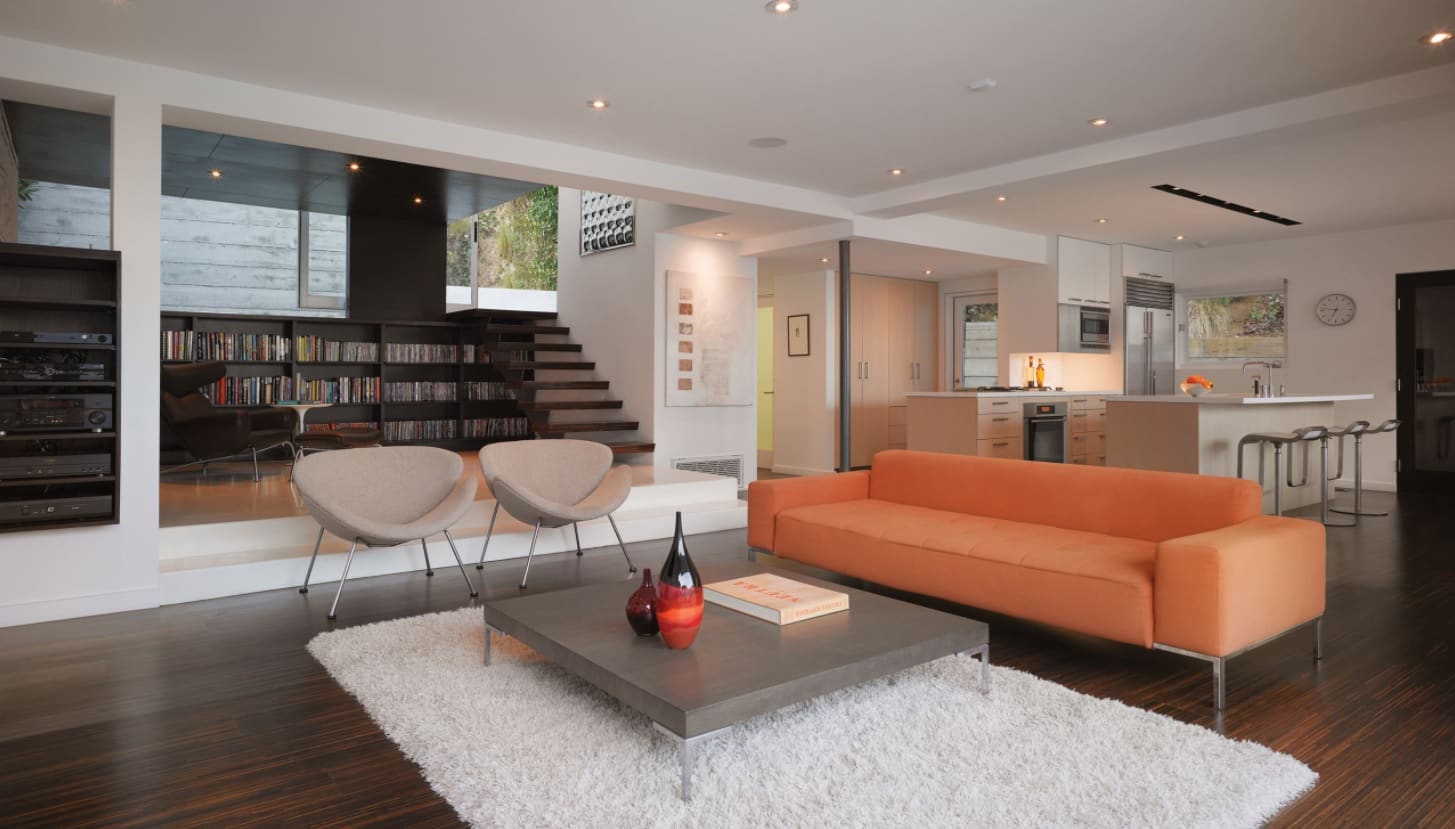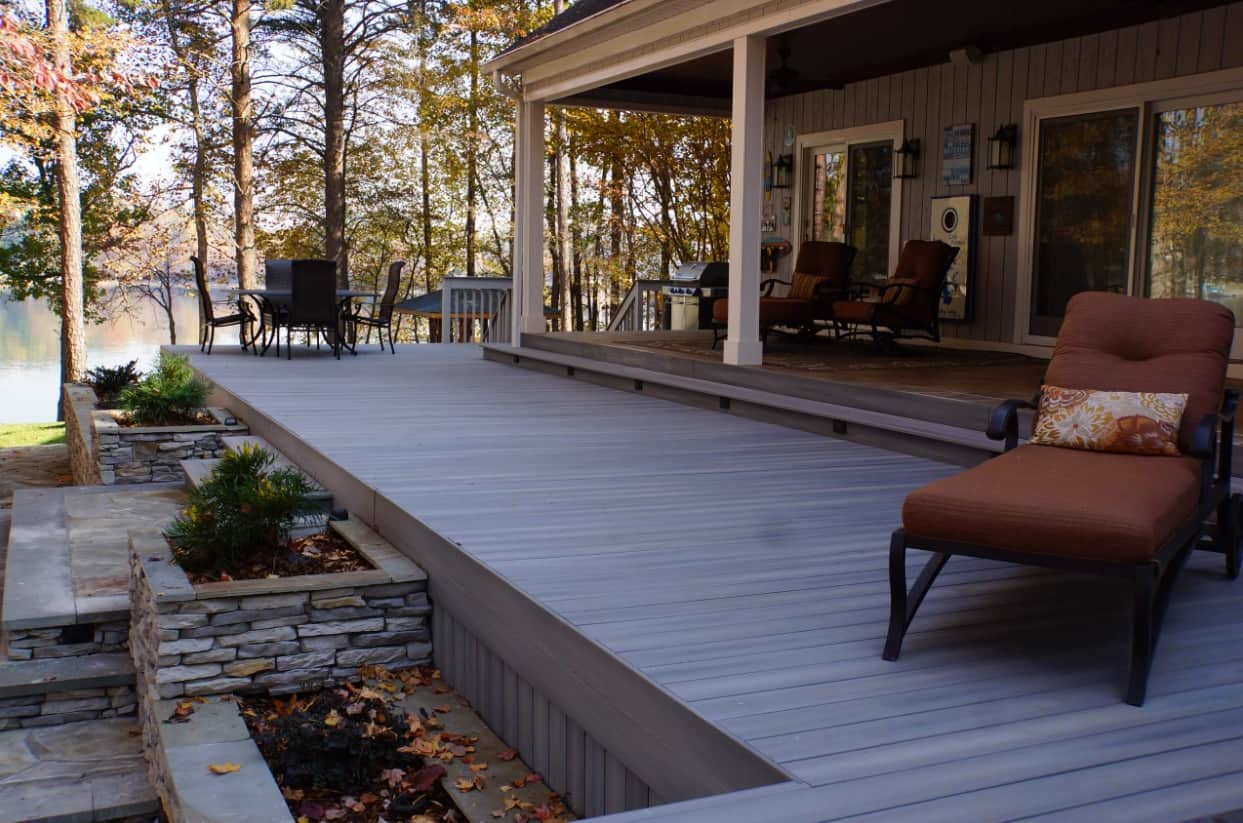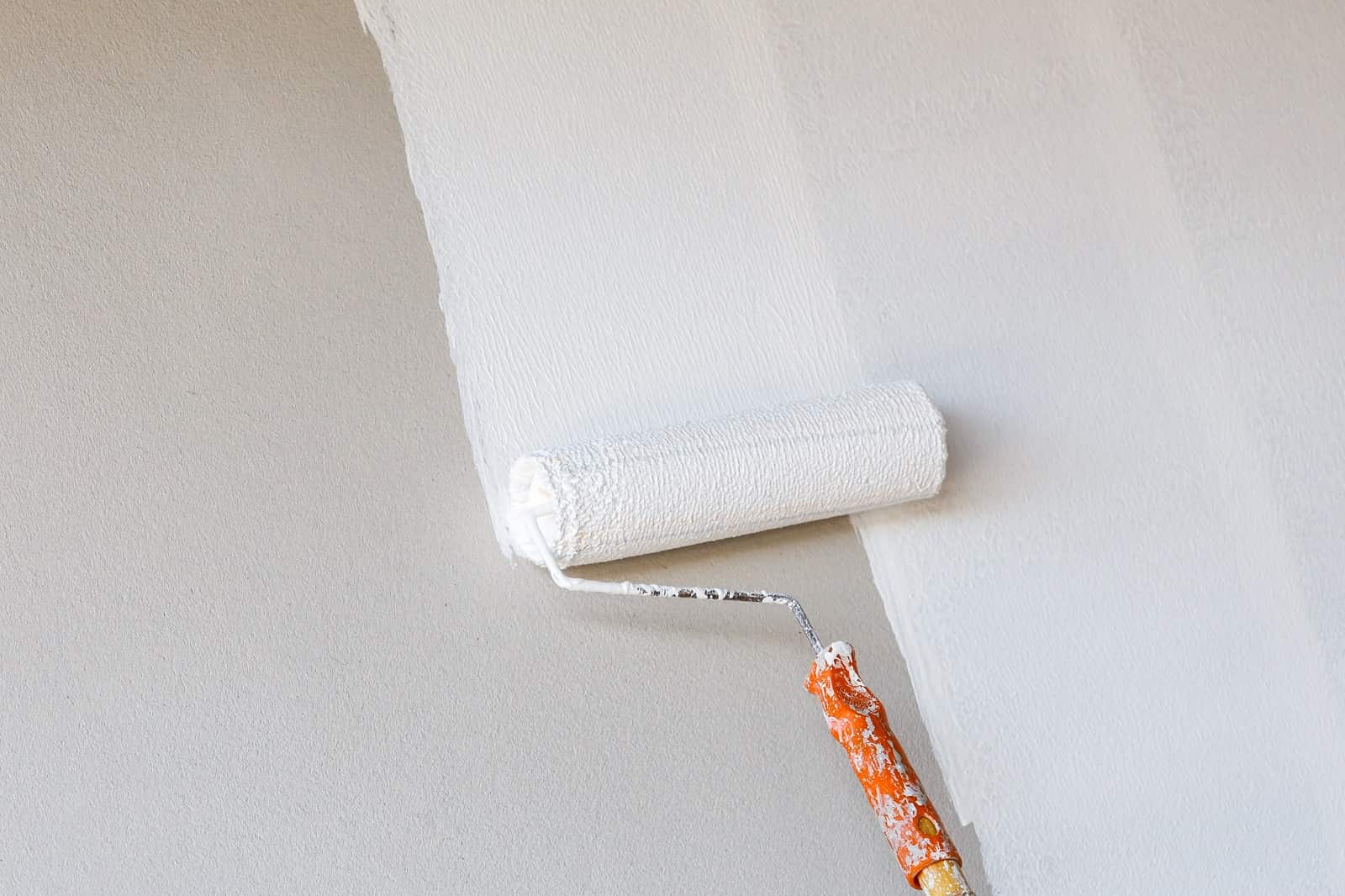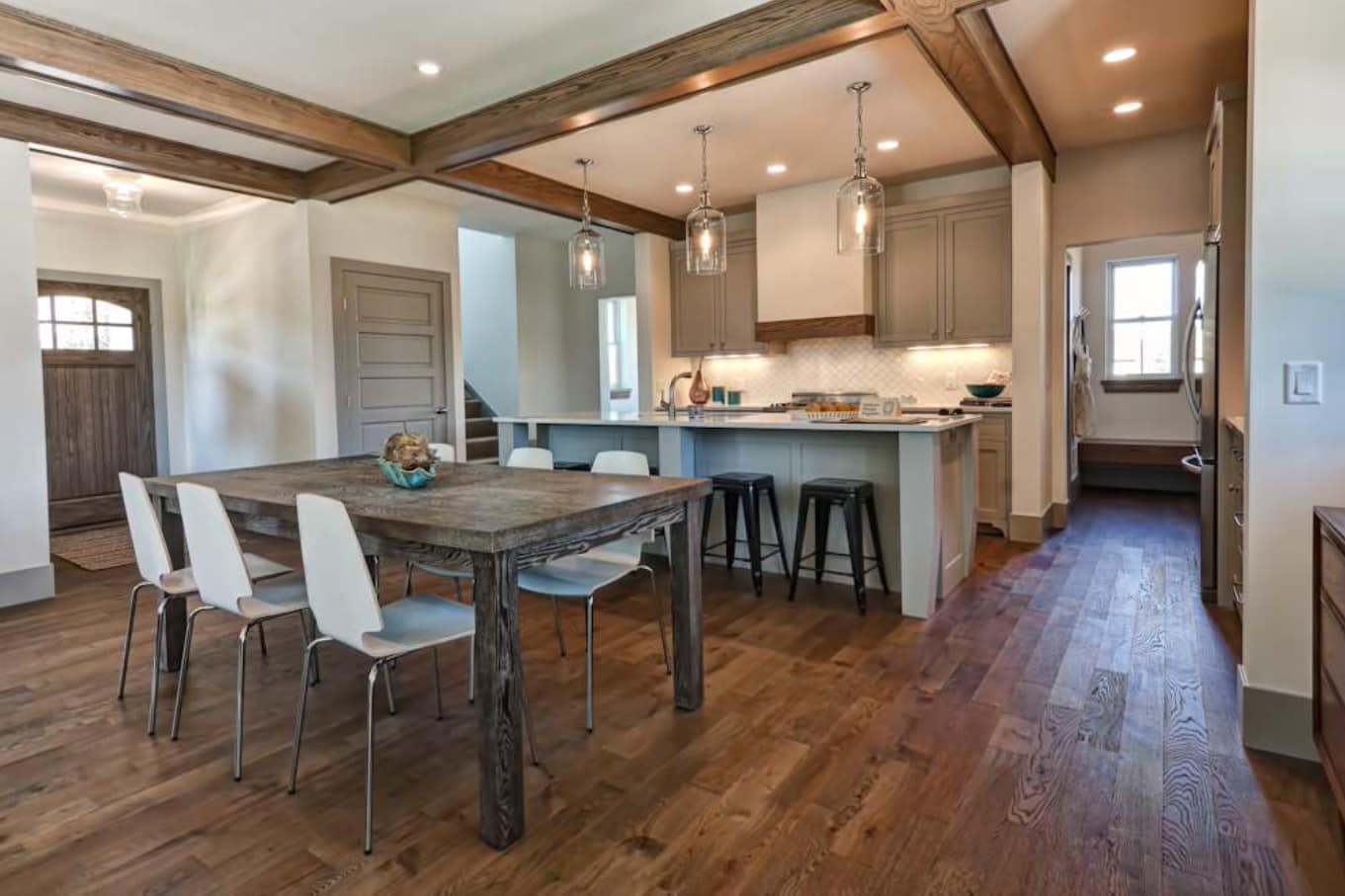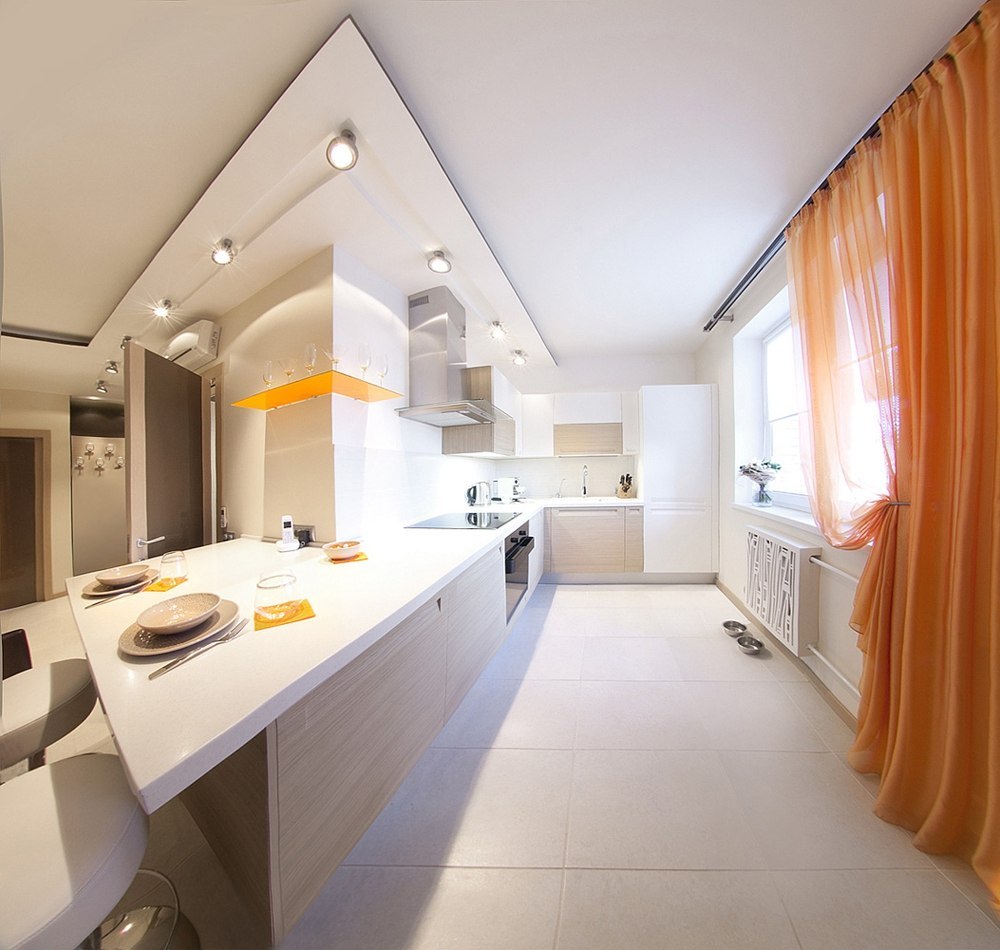Linoleum is an artificial waterproof canvas for flooring. Thanks to its decorative and technical qualities, linoleum is widely used in the decoration of residential and public buildings. In this brief linoleum types review, description, usage advice we’ll try to introduce the most worthy features of the material.
Contents:
- Parameters of linoleum
- Types of linoleum
- Main tips for linoleum care
Parameters of Linoleum
It is available in the form of rolls of various sizes:
- width of 0.4 to 5 m;
- length of 5 to 45 m;
- thickness of 1.5 to 7 mm.
But there are special linoleums, having a thickness up to 9 mm for laying sports, industrial and public premises.
The most popular is the natural linoleum for housings – an eco-friendly material that has high strength, wear resistance, alkali resistance, and relatively high service life. Therefore, you can use it for a kitchen as for a kid’s room. At the same time, a wide range of colors and textures, the ability to simulate a tile or even parquet transforms linoleum into the universal flooring. Of course, natural linoleum is inferior to artificial linoleum in some characteristics. The material has some drawbacks: fragility at low temperatures, “fear” of moisture, and cold.
Types of Linoleum
By Composition
- natural linoleum flooring for the home;
- Russian, so-called “relin” (rubber linoleum);
- nitrocellulose;
- polyvinylchloride (PVC);
- alkyd resins.
By the Structure of the Material
- Homogeneous throughout the thickness of the material based on PVC granules and dye. The drawing is not on the surface and penetrates the entire thickness. Thanks to this property, it has a low abrasion. Often used in places with a high passability.
- Heterogeneous – includes 6 layers (fiberglass, PVC, natural fabric substrate, fibers, etc.), and the thickness is 7 mm. The number of layers indicates the heat and sound insulation properties of the material, its stress, and aggressive media resistance.
Depending on Purpose
- Domestic – made 1-6 mm thick based on foam polyester. Although such a thickness, the linoleum has a complicated multilayer structure.
- Special – can be linoleum for sports facilities. Increased resistance gets out of the protective polyurethane layer. For medical facilities available with antibacterial coating and having sterilizing properties. Can come with acoustic cladding.
- Semi-commercial linoleum structurally similar to the domestic one, but it has a reinforced protective layer (0.8 mm). It can be used in offices and public areas.
- Commercial – designed for rooms with a maximum load. It is featured with a low choice of decor, but have a very high degree of durability.
Main Tips for Linoleum Care
How to Wash Natural Linoleum?
To preserve the beauty of natural linoleum for a longer time, it is necessary to cover its surface with a protective compound immediately after installation. Also, after applying special mastic, you should carefully polish the coating. In addition, as the protective layer becomes thinner, the linoleum is re-processed. During the year, you will need to make such procedures two to three times, depending on the intensity of the coverage.
Natural linoleum consists of natural components that are not resistant to chemicals that have a strong dissolving power. The group of agents dangerous for linoleum includes alkaline and acid-containing substances, as well as white spirit and all its analogs. Accordingly, the use of these and similar substances for cleaning the floor covering is strictly prohibited. For daily care, you should use a vacuum cleaner or a soft cloth, pre-moistened with water, to which special detergents are added in an acceptable concentration. Important! To avoid damaging the surface layer of linoleum during cleaning, you should try to use equipment that does not have sharp edges and corners.
Stain Removal Tricks
Sometimes kids can make stains of brilliant green onto the linoleum. Moreover, they can drop a full bubble. To minimize the consequences of such negligence, you should immediately begin cleaning the stains from the spilled brilliant green. Doctors who work daily with an alcoholic solution of brilliant green advise using camphor alcohol to remove stains from the surface of linoleum. By the way, you can also try vodka, but the effect is weaker. In general, if you have time, the green spot will gradually disappear by itself under the influence of detergents. However, in any case, you can lighten the stain with household chemicals. You can wipe off iodine stains with soda using a damp cloth. Also, you should cover the stain with a damp cloth, leave for a while. If the stain has not disappeared, then the exposure time should be bigger.

